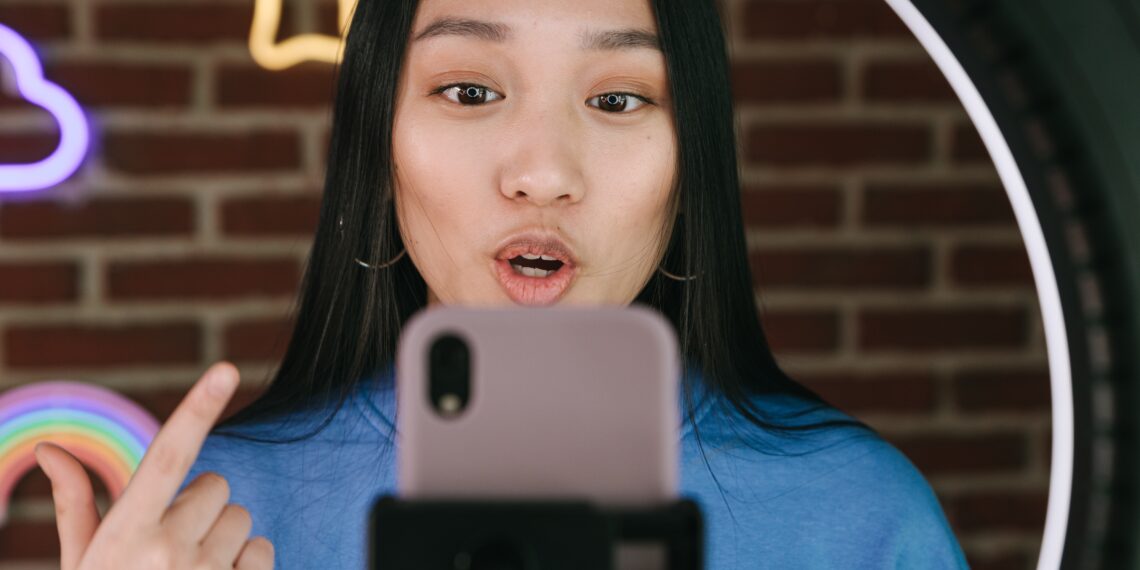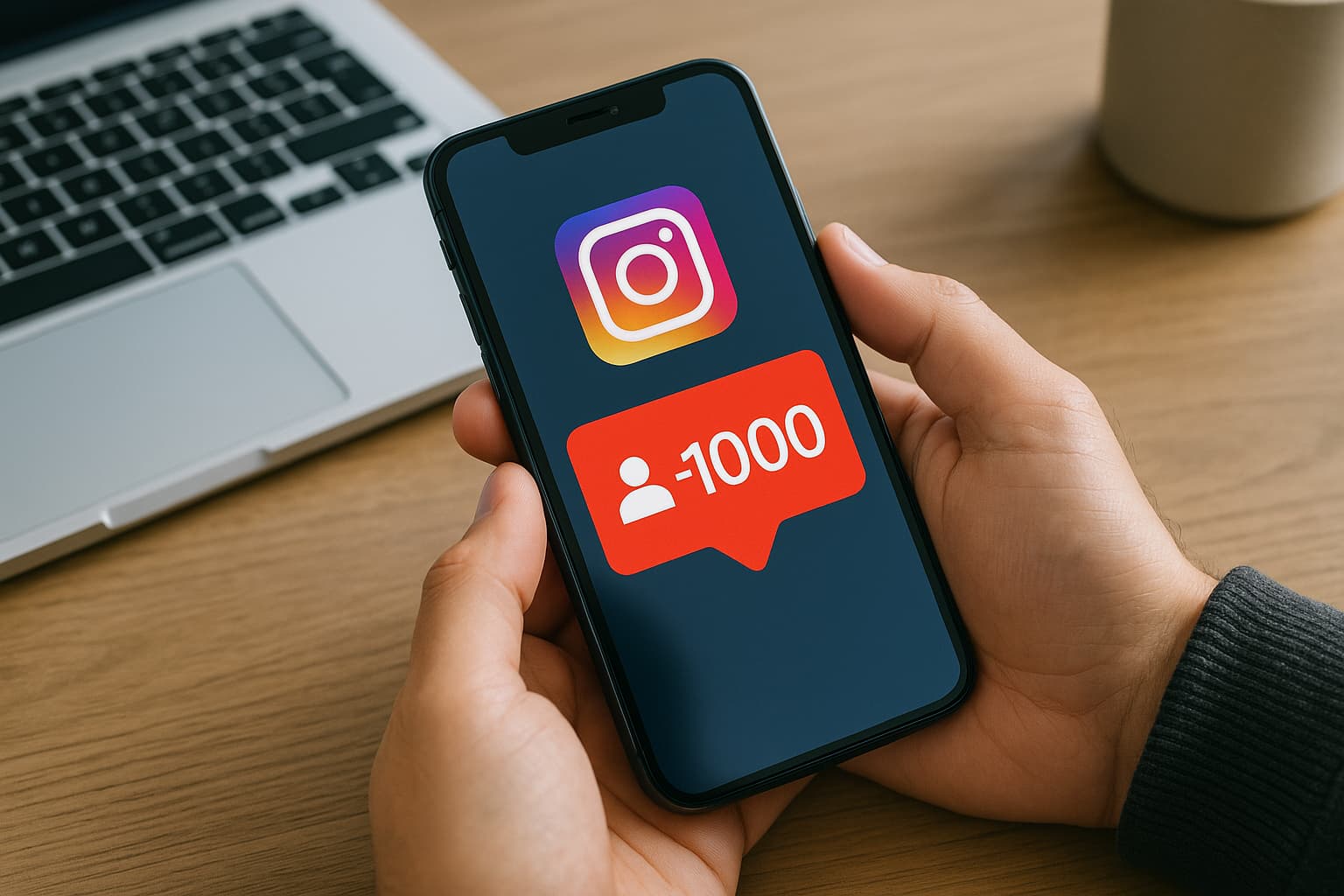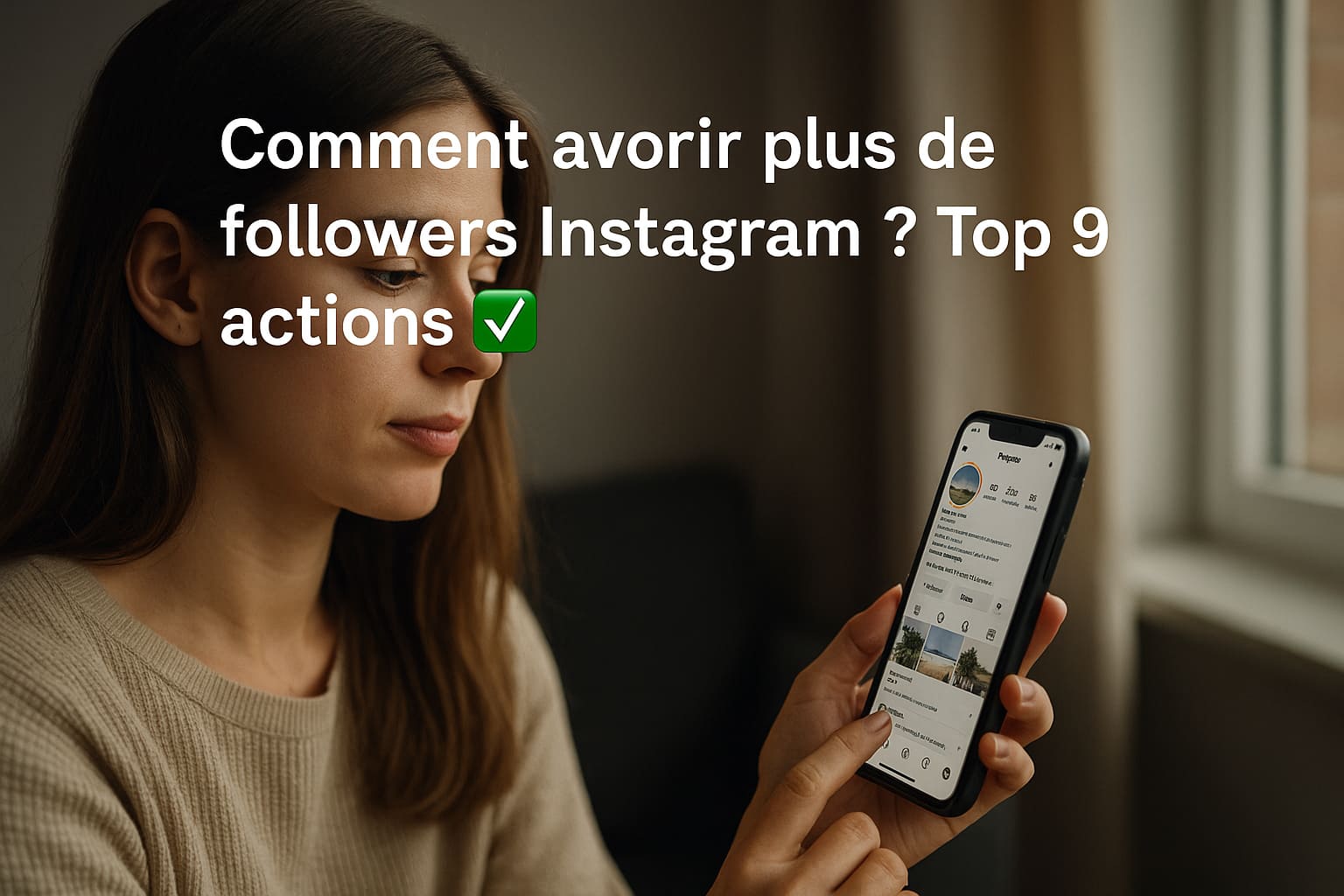Influencer marketing has become one of the most effective tools today to gain visibility, reach a targeted audience, and build trust with the public. Behind this term lies a simple idea: conveying a brand message through the voices of people who are followed and listened to on social media.
It’s a tool that has become structured. We no longer talk about simple product placements, but real strategic campaigns built over time.
What is Influencer Marketing?
It is a strategy that involves collaborating with content creators—whether influencers, experts, or creatives—to convey a message to their community.
Mais pour ça, il faut déjà avoir des followers Instagram.
This approach is based on a principle of trust transfer. The influencer’s audience is more likely to listen to a recommendation perceived as genuine than to a traditional advertisement. And when done well, it works.

Why Integrate It into Your Marketing Strategy
Influencer marketing is not just for big brands or large-scale campaigns. It is becoming increasingly accessible and especially relevant for various objectives:
- Launch a product
- Accelerate brand awareness
- Generate traffic to a website or app
- Boost short-term sales
Its main strength: its ability to reach specific communities, where traditional advertising sometimes struggles to capture attention or gain acceptance.
Which Types of Influencers to Choose?
The types of influencers are now well known. It all depends on what you want to activate.
| Category | Community Size | Great for |
|---|---|---|
| Nano-influencers | Less than 1,000 followers | Strong proximity, local |
| Micro-influencers | 1,000 to 100,000 followers | High engagement, targeted niches |
| Macro-influencers | 100,000 to 1 million followers | Wide reach, brand image |
| Celebrities/star influencers | Over 1 million followers | Massive visibility, broad audience |
In many cases, micro-influencers offer the best balance between engagement and relevance. But each profile has its value depending on the context.

Where to Deploy an Influencer Campaign?
The platform depends on the audience you’re targeting and the type of content to produce.
- Instagram remains the go-to platform in B2C, especially for fashion, beauty, and food sectors.
- TikTok sets a more direct and spontaneous tone, often appealing to a younger audience.
- YouTube is suitable for longer formats, product tests, and tutorials.
- LinkedIn works well for B2B or HR campaigns.
- Pinterest or Twitch can also offer more targeted opportunities.
The key is to adapt the message to the format, channel, and how the audience consumes the content.
Building an Effective Collaboration

The key to a successful partnership lies not in the number of followers, but in the alignment between the brand, the influencer, and their audience.
Here are the main steps:
- Identify the right profiles, using specialized tools or natural monitoring.
- Propose a clear collaboration with precise expectations (content, tone, deadlines, legal mentions).
- Allow the creator some freedom to maintain the sincerity of the message.
- Track results: views, clicks, engagement, conversions—according to your objectives.
More than just a contract, it’s a relationship to build. In many cases, long-term collaborations yield the best results.
👉 Note: Some creators rely on quick visibility tactics to boost their credibility with brands. Two common practices are observed:
It’s not uncommon, for example, to see influencers buy Instagram followers to accelerate their growth;
or use tools to get free Instagram followers such as exchange platforms or trial offers.
These approaches can provide an initial boost, but they do not replace genuine engagement, which remains a central criterion for brands in any influencer campaign.
What about micro-influence?
Micro-influence deserves special attention. It relies on less visible profiles but often closer to their audience. Fewer followers, certainly, but more conversation and authenticity.
It’s especially useful when you want to work within a niche, reach a local target, or humanize a brand.
Key Takeaways
Influencer marketing is not a passing trend. It is a powerful, demanding channel that requires rigor and consistency. And it evolves rapidly.
When used well, it creates value: better-targeted visibility, a message better received, and a more vibrant brand.
FAQ — Influencer Marketing
What is the difference between influencer marketing and advertising?
Advertising relies on a direct message issued by the brand. Influencer marketing, on the other hand, goes through a third party—the influencer—who relays this message to their community. The tone, form, and channel are often more natural, which strengthens the impact.
Do you always have to pay an influencer?
Not necessarily. Some collaborations can be based on product shipments, invitations, or exclusive perks. But when there is a specific request, a precise brief, or significant expected visibility, compensation is logical and professional.
Can influencer marketing be done in B2B?
Yes. B2B influencer marketing exists, often via LinkedIn or YouTube. It involves profiles like industry experts, consultants, or leaders who have a targeted and credible audience in their field.
How much does an influencer campaign cost?
There is no fixed price. It depends on the influencer’s profile, the nature of the collaboration, the requested format, and the campaign duration. As a guideline, a one-time collaboration with a micro-influencer can start from €100 to €300, while a partnership with a macro-influencer can exceed several thousand euros.
Which platform to choose for my campaign?
The choice depends on your target audience. Instagram and TikTok are preferred for B2C brands, especially in fashion, beauty, food, or lifestyle. LinkedIn works very well in B2B, YouTube for longer or demonstrative content, and Twitch in areas like gaming or sports.
What tools can I use to find influencers?
Platforms like Heepsy, Kolsquare, or Hivency allow filtering profiles by niche, engagement, language, or country. It’s also possible to go through specialized agencies if you want to delegate the selection.
Lisez aussi :



